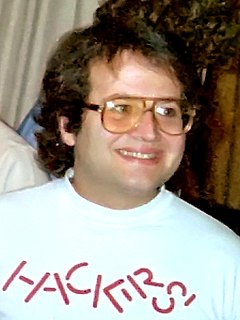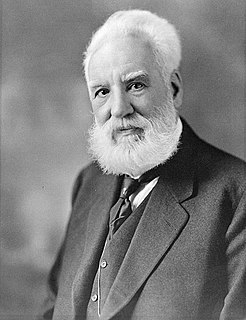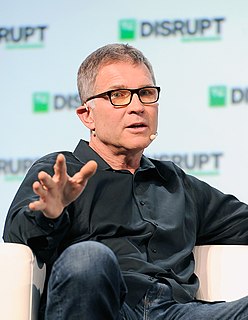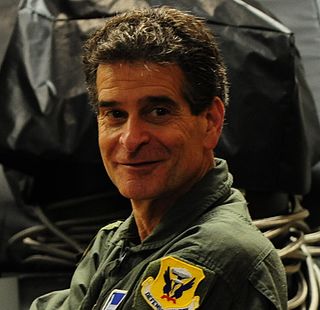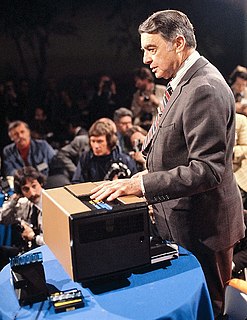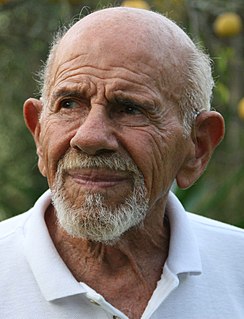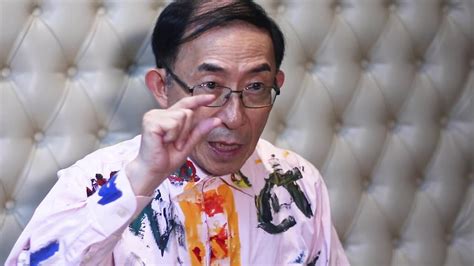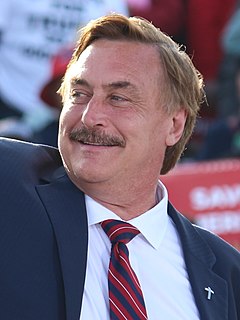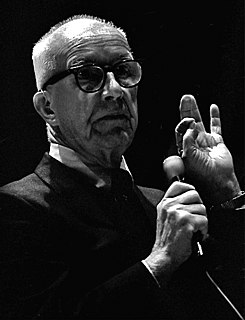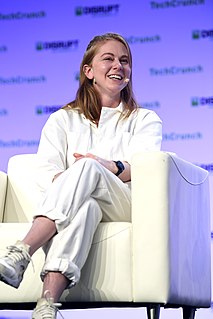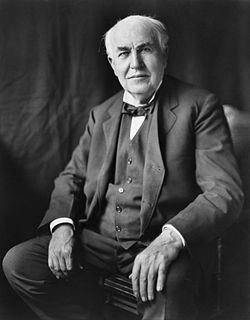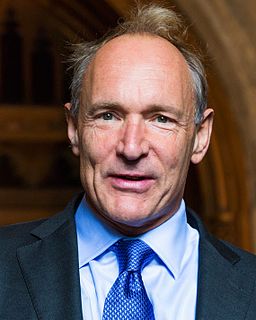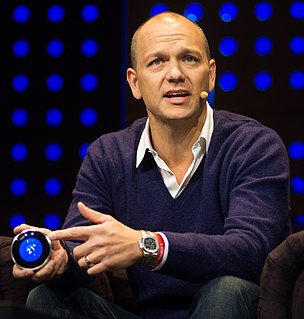Top 31 Quotes & Sayings by Andy Hertzfeld
Explore popular quotes and sayings by an American inventor Andy Hertzfeld.
Last updated on April 14, 2025.
It's [programming] the only job I can think of where I get to be both an engineer and an artist. There's an incredible, rigorous, technical element to it, which I like because you have to do very precise thinking. On the other hand, it has a wildly creative side where the boundaries of imagination are the only real limitation.
